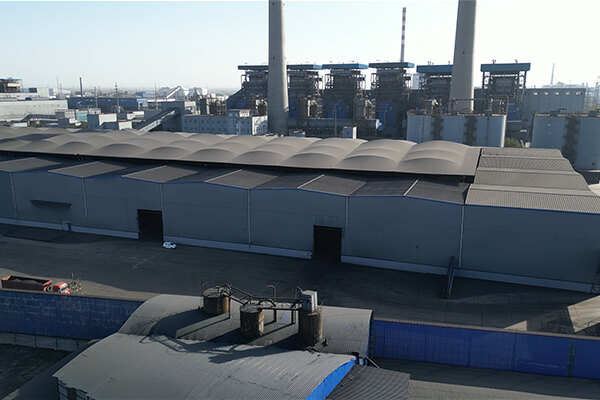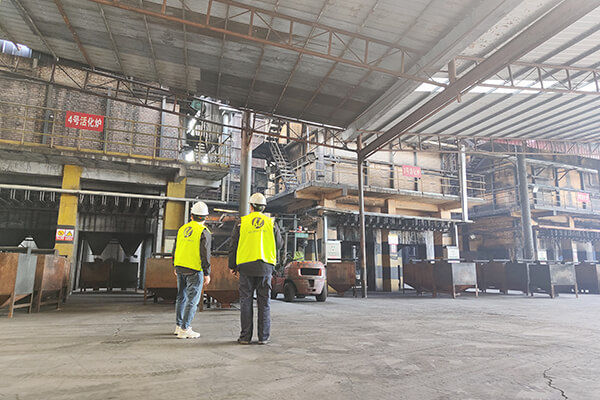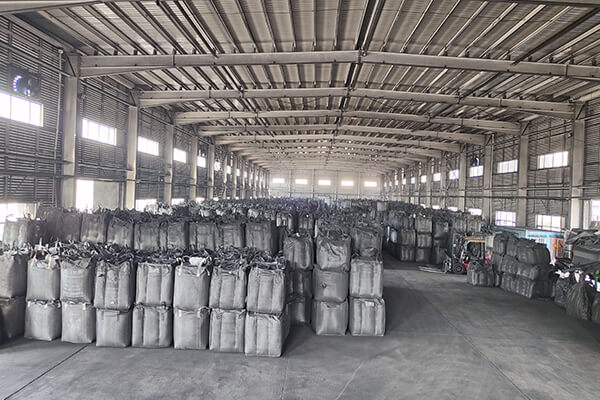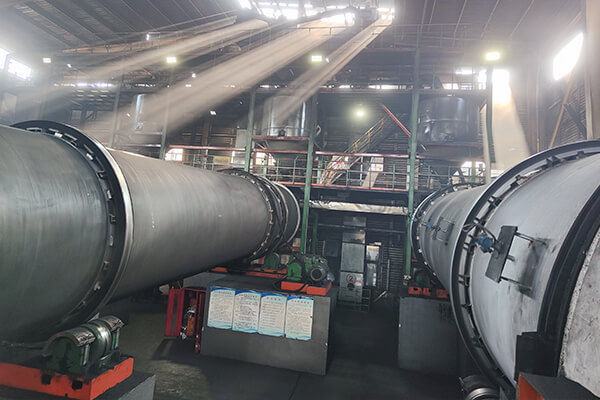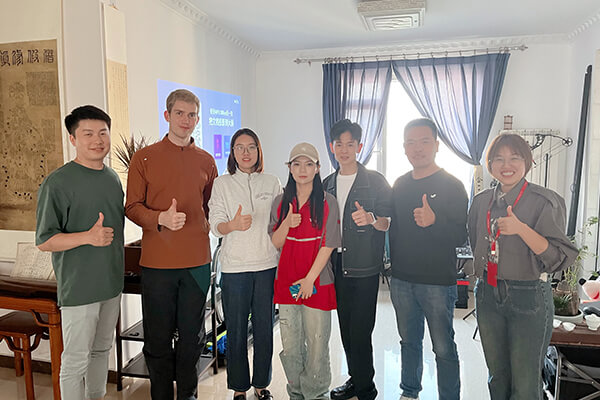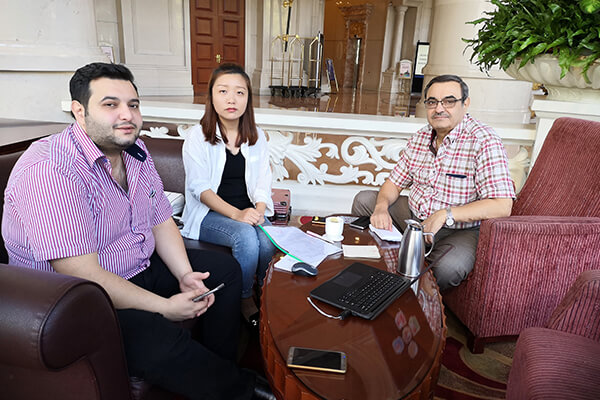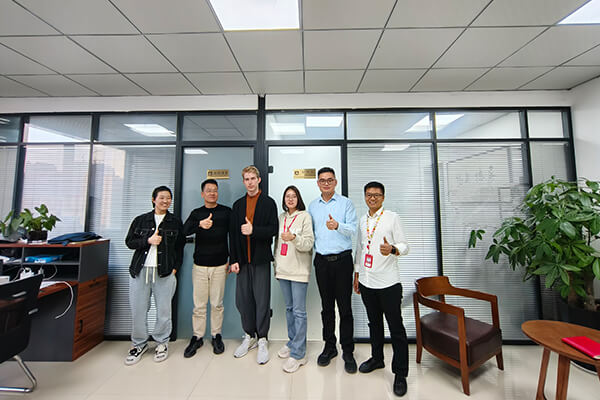Heycarbons Impregnated Activated Carbon For SO2 Adsorption
Heycarbons Impregnated Activated Carbon For SO2 Adsorption
Product Name:Impregnated Coconut Shell Granular Activated Carbon For So2 Adsorption.
Case country: Germany
Application: SO2 gas adsorption from the air stream that can be incorporated in their products for cabin air purification / Fuel cell applications .
Customer Business: Gas and water purification system
Coconut shell inpregnated GAC Request:
SO2 Adsorbent Targets:
-> Adsorbent should function in ambient temperature and humidity (23°C and 50%rh)
-> Recommended adsorbent particle size <1mm (preferred granules 30×60 mesh size)
-> Adsorbent will be tested at SO2 gas concentration of 30 ppm in the air stream according to ISO 11155-2
23°C and 50%rh, 30ppm
- Size: 30*60
- Iodine value:1200mg/g
- 60minutes SO2 adsoprtion: 45%min, Testing :48%
- Impregnated: NaOH
- Size: 30*60
- Iodine value:1200mg/g
- 60minutes SO2 adsoprtion: 60%min,Testing :70%
- Impregnated: Combined impregnation(Learn more , please contact us)
You will get a quote in 24 hours
Learn more about Cocoa husk impregnated granular activated carbon for SO2 removal:
During the operation of battery fuels, the generation of sulfur dioxide (SO₂) mainly involves the following situations:
Impurities in materials: Some battery fuels, especially hydrogen, natural gas, methanol and other fuels used in fuel cells, if there are impurity sulfur compounds during the extraction or production process, these impurities may be oxidized to generate sulfur dioxide during the operation of the fuel cell. For example, natural gas may contain a small amount of hydrogen sulfide (H₂S), which may be oxidized to sulfur dioxide in the internal reaction of the fuel cell.
Electrolyte or catalyst: Some types of batteries may contain sulfide compounds in their electrolyte or catalyst. During the operation of the battery, these sulfides may participate in chemical reactions and release sulfur dioxide.
Exhaust treatment of fuel cell systems: If the exhaust treatment device of the fuel cell system is not perfect, it may not be able to completely remove sulfur compounds in the exhaust gas, resulting in sulfur dioxide emissions.
Fuel pretreatment: In some fuel cell systems, the fuel may need to be pretreated (such as desulfurization) before entering the battery. If the pretreatment process is not thorough or inefficient, there may still be sulfide residues, which will be converted into sulfur dioxide after entering the fuel cell.
Sulfur dioxide (SO₂) is a common industrial pollutant that mainly comes from the oxidation of sulfur-containing compounds during fuel combustion and industrial production. The following are some typical industries and activities that produce sulfur dioxide:
1.
Coal-fired power plants: The burning of sulfur-containing coal is one of the main sources of sulfur dioxide emissions. Coal-fired power plants release a large amount of sulfur dioxide during the power generation process.
2.
Metallurgical industry: In the smelting process of non-ferrous metals such as copper, lead, and zinc, the processing of sulfur-containing ores will release a large amount of sulfur dioxide.
3.
Petroleum refining: In the process of petroleum refining, especially the processing of high-sulfur crude oil, a large amount of sulfur dioxide will be produced.
4.
Papermaking industry: Some papermaking processes use sulfur-containing chemicals, such as in the pulp bleaching process, which will produce and release sulfur dioxide.
5.
Chemical industry: Sulfur dioxide is emitted during the production of chemicals such as sulfuric acid, sulfur dioxide, and hydrogen sulfide.
6.
Mining and ore processing: Sulfur dioxide is produced during the mining and processing of ores, especially the processing of sulfide ores.
7.
Cement production: Sulfur dioxide is produced during cement production, especially when sulfur-containing fuels are used.
8.
Glass manufacturing: Sulfur dioxide is emitted during glass manufacturing, especially when melting sulfur-containing raw materials.
9.
These industries may have an impact on the environment and human health during the production process, so effective emission control and treatment measures are usually required, such as installing desulfurization equipment, using low-sulfur fuels, and improving production processes to reduce sulfur dioxide emissions.
High Quality Custom Heycarb Impregnated Activated Carbon For SO2 Adsorption
Heycarbons provides a full range of activated solutions at competitive prices.
Why Choose Heycarbons Impregnated Activated Carbon
Heycarbons has proudly served the activated carbon industry with high-quality products since 2005. There are 16 patents.
- First, on the left you can see what our customers say about us?
- Secondly, we have extensive experience in the food decolorization industry.
- When encountering problems, we actively respond to ensure a good customer experience
You will get a quote in 24 hours
Advantage of Choosing Heycarbons
Technical Support
By understanding your needs and requirements, our salesmen work with you to submit the appropriate activated carbon solution.
Efficient Order Processing
Both before and after sales, our first-class customer service team has excellent communication skills and can interact seamlessly with our factories.
Price Advantage
The raw material is built in the production area, the steam is recycled, the cost is saved, Make only a reasonable profit
Quick Delivery
Adequate production capacity and large inventory to ensure the stability and large demand of your project

